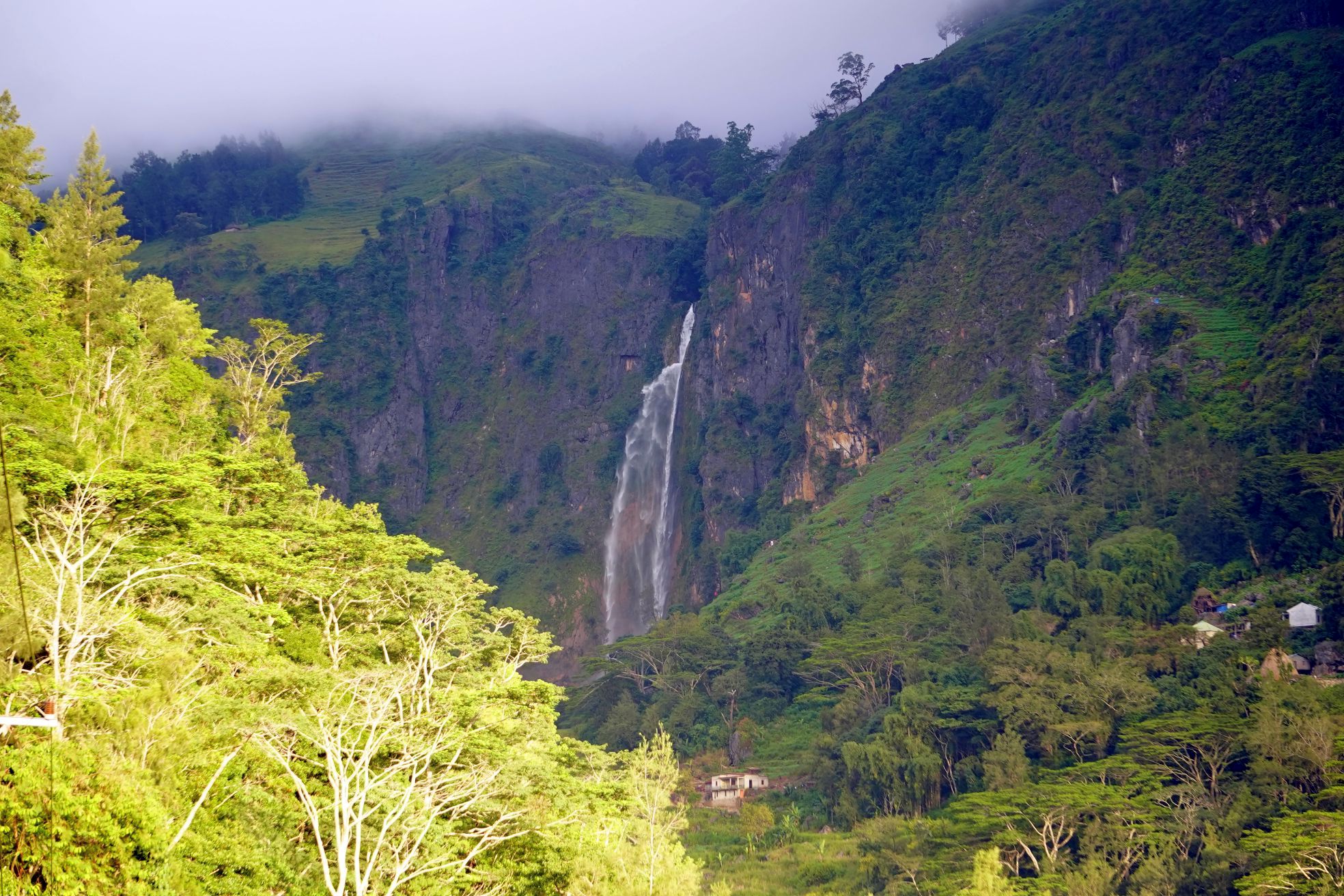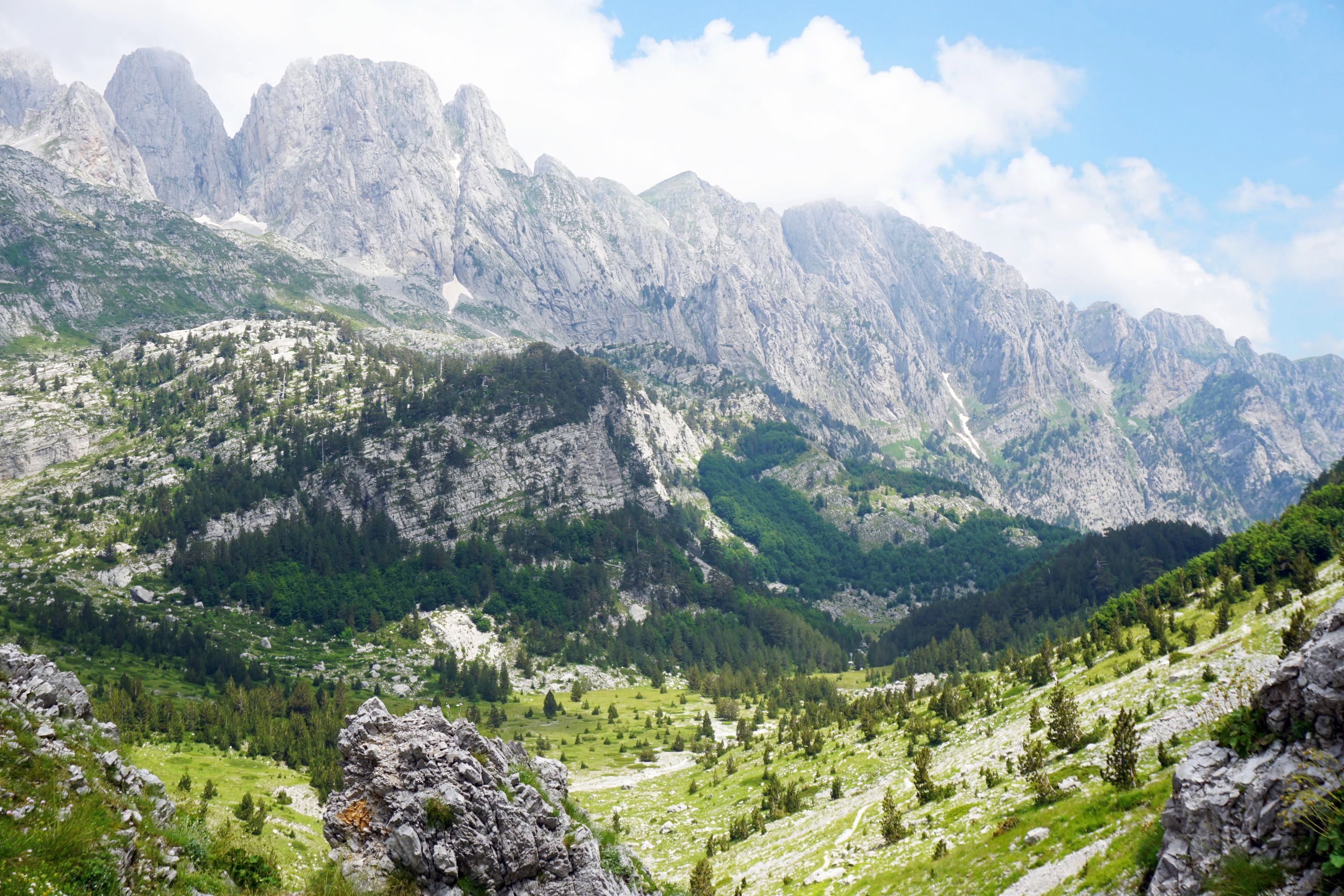The second largest city in Africa, Addis Ababa was a fascinating introduction to Ethiopia. A new city, established as the capital in 1890, it is known as the political capital of Africa, home to the African Union, UN Economic Commission in Africa, many NGOs, and over 120 embassies. It has grown hugely in both land area and population in recent years, with nearly seven million people living there.
Arriving pretty jet lagged from a day of flying from New Zealand and ten hours time difference I hit the streets, without a set route but a general direction to head in. This took me along quiet (it was Saturday morning) back streets which were far tidier than I was expecting, though travelling in India has set a low benchmark. The city felt safe to explore by myself during the day, less so at night…


I walked for half an hour to Medhane Alem Cathedral, the largest cathedral in Ethiopia and the second largest in Africa. This was an interesting introduction to scale in Africa as it didn’t seem that large inside, and Africa has a huge Christian population. Built in 1890 it is relatively uninspiring from the outside, but the inside is wonderfully colourful, particularly the dome.






Trinity Cathedral was built by the Ethiopian Emperor Haile Selassie to commemorate the country’s liberation from Italian occupation. The outside is quite unusual and attractive in places, particularly the statues.



The inside is even more attractive, with colourful stained glass, a series of paintings, and the tombs of Haile Selassie and his family.




The cemetery surrounding the cathedral is home to the graves of many notable Ethiopians including Patriarchs, Prime Ministers, athletes, musicians, Haile Selassie‘s mistress (the suffragette Sylvia Pankhurst), and football commentators!







Within the complex are more churches, including this unusual round green structure, built when Addis Ababa became the capital. As I travelled around Ethiopia I learnt that round churches are the standard design.

The nearby National Museum was quite underwhelming unfortunately, clearly struggling for funds or experience to present and explain it’s collection well. Outside were various statues, and this creepy looking decaying model elephant.




Inside was a floor dedicated to ancient remains demonstrating how humans first evolved in this part of Africa, with the bones of the 3.2 million year old Lucy being the star attraction. The other floors had interesting looking objects but little explanation.


Next door to the museum is a very average restaurant called Lucy, redeemed slightly by this entertaining skeleton.

Mercato, the largest open air market in Africa, open six days a week, was an overwhelming experience. Inside are 20,000 registered shops plus many more people selling on the street. I’ve never seen so many people carrying such large / heavy loads around, particularly through densely packed crowds and across uneven surfaces.



The best views were from a multi-storey shopping centre, seeing even just a small part of the market gave an idea of it’s scale and variety.






As the sun set we stopped briefly by the Lion of Judah Monument for photos of both. The lion statue commemorates the Ethiopian Emperor Menelik, but was looted by the Italians (along with so much else from Ethiopia) only a few years after it was erected in 1930. After 30 years it was finally returned from Rome to it’s home.


Unfortunately Addis Ababa is almost completely devoid of any green space. We drove past a popular running spot, to find that it was seemingly about 100m wide and people were running back and forth to get some distance. The one central park, Ethiopia Park, was closed all day on the Saturday I visited. The traffic and obstacle course like pavements make running here a real challenge, sad in a country famous for its runners.

After my two week tour around Northern Ethiopia I returned to Addis for a second day of sightseeing, starting with the Red Terror Martyrs’ Memorial Museum. This covers, mainly through photographs, the communist Deng regime which ruled Ethiopia between 1974 and 1991. The museum would have been pretty flash when it opened in 2010 but as usual things haven’t aged well, and it was near pitch dark inside, not for intentional atmosphere but because the lights didn’t appear to be working…



The Ethnological Museum was the best museum in Addis, but still quite scrappy in places. It is housed in the Gannata Le’ul Palace where Emperor Haile Selassie lived, before donating it to the university in 1961. The outside and grounds are pleasant, and home to this rather odd statue, with a small lion on top of a series of steps, each one representing a year of Italian Fascist power.



Inside were a few things of interest, including Haile Selassie‘s bedroom and en-suite bathroom which would have been opulent at the time, but certainly isn’t by today’s standards. There was also the Nobel Peace Prize certificate and medal awarded to Ethiopia’s current Prime Minister Abiy Ahmed.







I walked at least 25km around the streets of Addis and found surprisingly little of interest architecturally, other than some of the government buildings which had heavy security and therefore weren’t advisable to photograph. This blue mosque was a welcome exception.

St George’s Cathedral was built in 1896 to commemorate the Ethiopians victory over the Italians at the Battle of Adwa, the only time a European power lost during the 19th century ‘Scramble for Africa’. It was built by Italian prisoners of war, and designed by a Greek architect. The unusually shaped cathedral was used for the coronation of Emperor Haile Selassie in 1930. The paintings were destroyed by the Italians in 1936 after they succeeded on the second attempt at invading Ethiopia, and later restored in 1959. The neighbouring museum had some wonderful religious artefacts well displayed, but photography wasn’t allowed inside.



Last visited was the the newest, and most interesting attraction in Addis (other than the Mercato), Unity Park, which opened in October 2019. It’s a $170m pet project of the Prime Minister, developed on land around the Prime Minister’s Office, which means tight security and no cameras allowed inside, though phones are fine. The anti-clockwise route starts with a work in progress zoo, with lions and a 175m long tunnel, and plenty of Instagramable sculptures.





The centre piece of the site is the Palace of Emperor Menelik II, which can only be entered on a USD50 VIP guided tour. My USD20 standard ticket allowed me though to admire it from the outside, particularly the octagonal Egg House, home to the Emperor’s prayer room.

I could also enter the impressive Throne House, where the emperor would receive guests, as illustrated by the wax model of Haile Selassie on the throne.






The Banquet Hall built 1898-1899 was also impressive. Emperor Menelik II (sat on the throne) used to host a daily feast initially until there were too many guests, after which it was only used for special occasions.



To end with the rather quirky and enjoyable nine pavilions, representing each of the nine regions of Ethiopia.












Leave a Reply